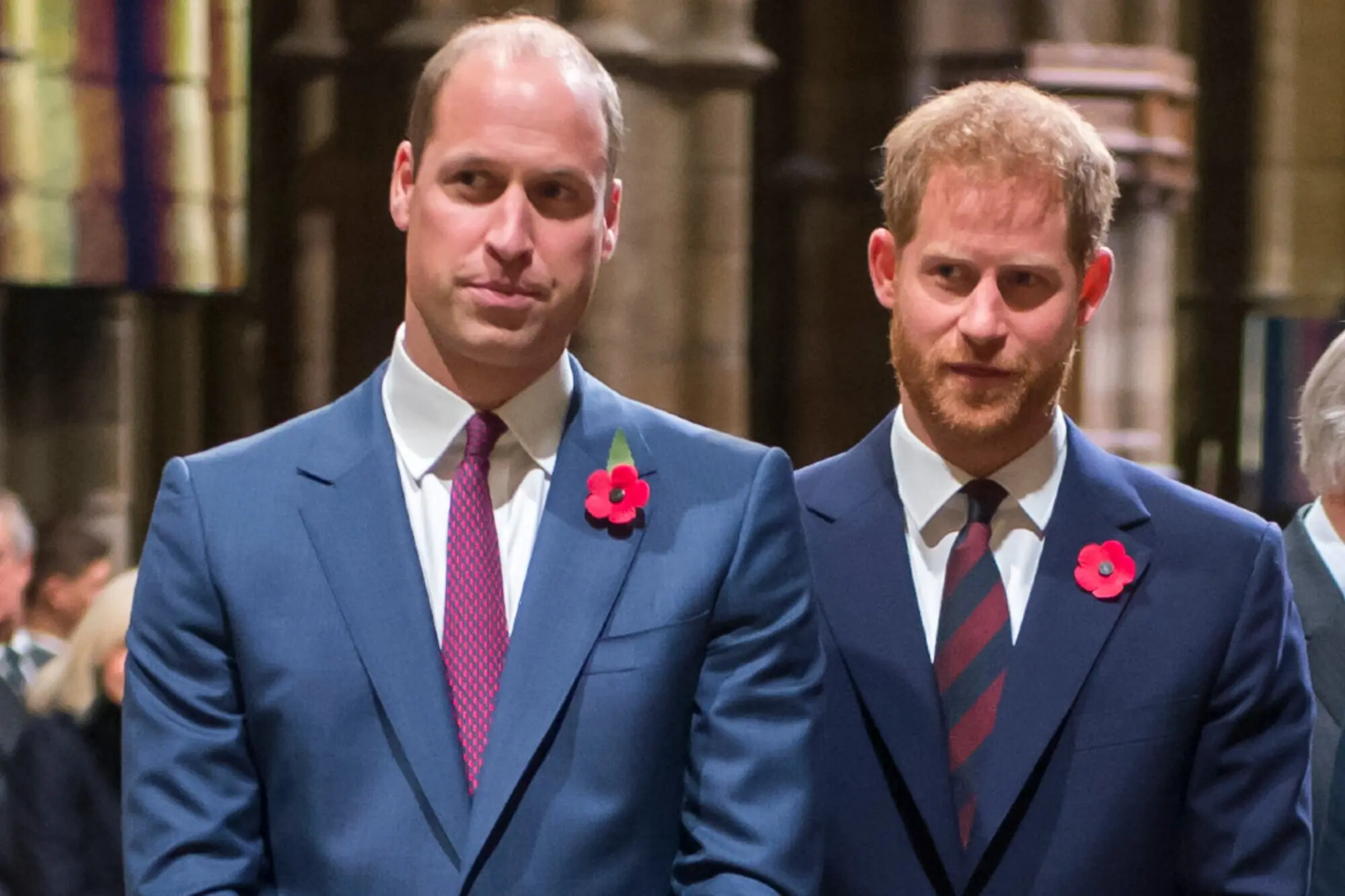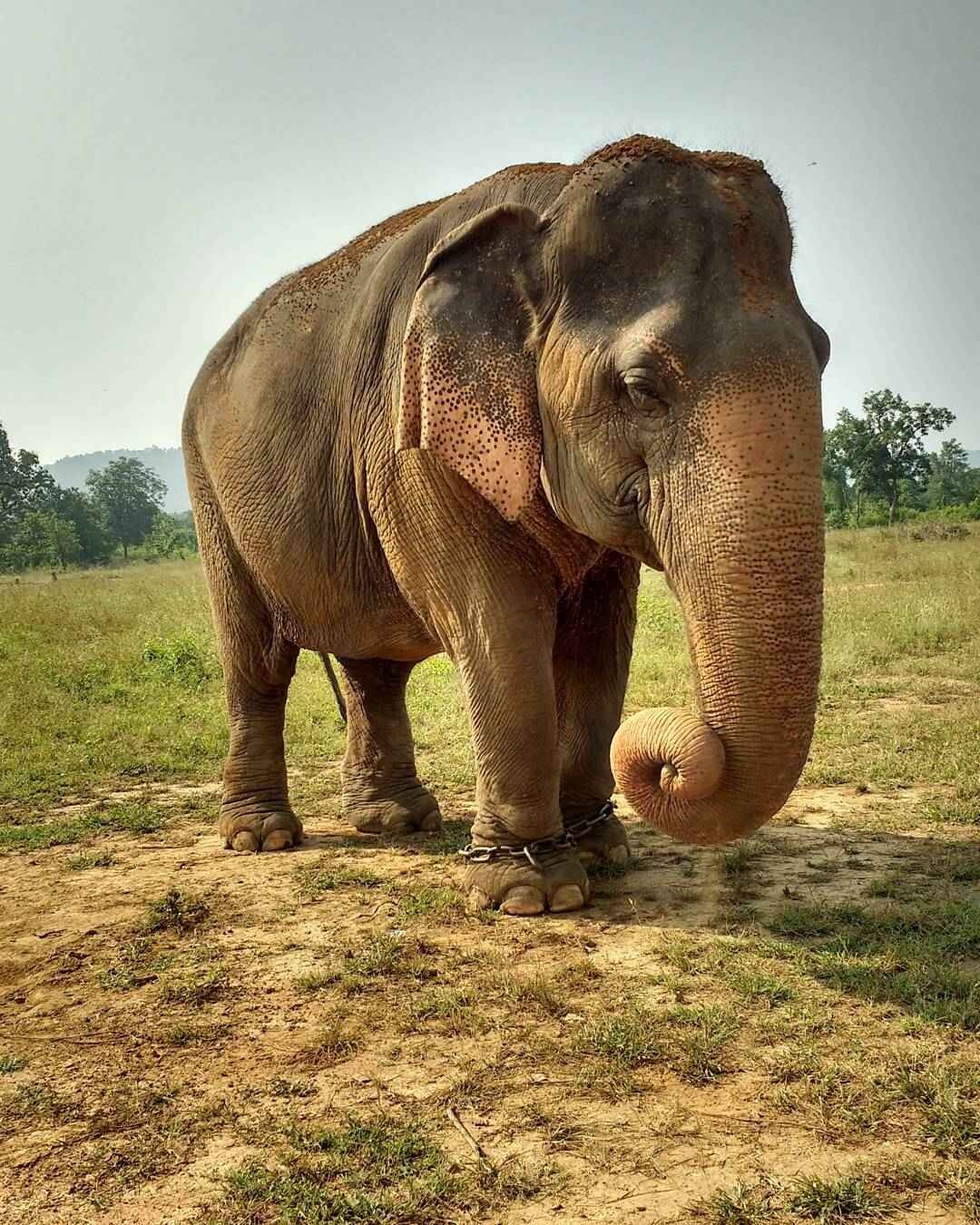
Asia's Oldest Elephant, Vatsala, Has Died at the Age of 100
RIP to a legend.
Published July 21, 2025
Advertisement
Advertisement
1. A Century in the Forest
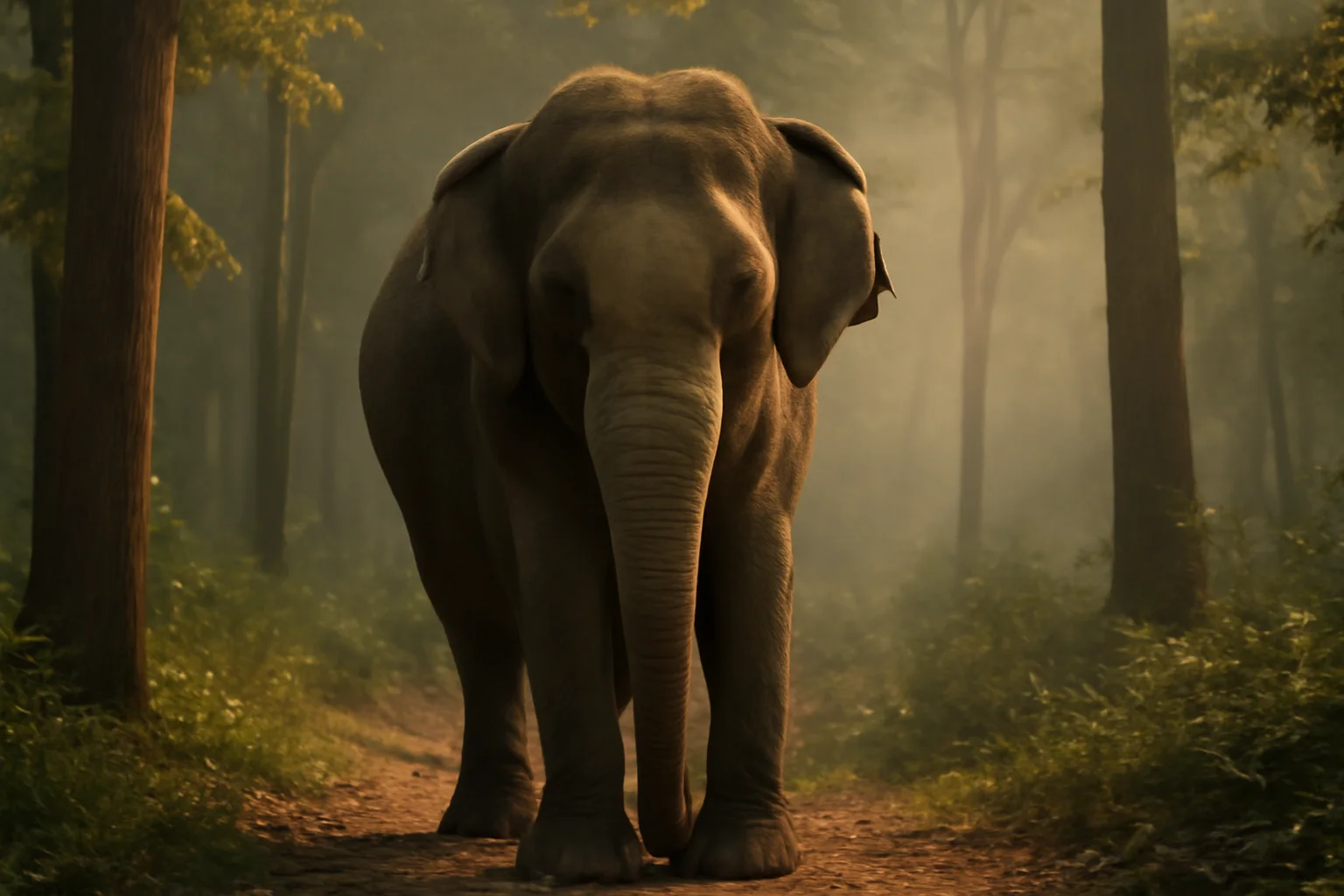
In the heart of India’s dense wilderness, a quiet giant moved with the patience and power of time itself, weaving a legacy that spanned generations. Vatsala, known lovingly as ‘Dadi’—grandmother—lived through a century of change, her story unfolding across shifting forests and new frontiers of conservation. Her journey began in the lush Nilambur forests of Kerala, where as a young tuskless elephant she toiled hauling timber, embodying the untold labors of her kind. In 1972, her life was uprooted when she was relocated north to Madhya Pradesh, where the landscape was drier, the seasons harsher, and the world changing fast. By 1993, Vatsala had found a lasting home in the Panna Tiger Reserve, where her gentle authority soon made her the heart of a herd that would come to see her as a guide and guardian. She saw decades of transformation, from old timber camps to new sanctuaries, from solitary labor to communal care and conservation. Her every step was watched by generations of caretakers and calves, forest officers and tourists, each awed by the slow certainty of her passage through the wild. Wherever she roamed, Vatsala became a living link between memory and survival—a quiet witness to an era few could imagine lasting so long. She moved through wars, monsoons, and bureaucracies, always steady, always enduring, teaching those around her the value of patience and dignity. Even as the world around her shrank, as forests were lost and her species listed as endangered, Vatsala’s presence remained a symbol of resilience. Her story is one of endurance, not only of an individual, but of a lineage and a way of life that is vanishing before our eyes.
Advertisement
2. The Making of a Matriarch
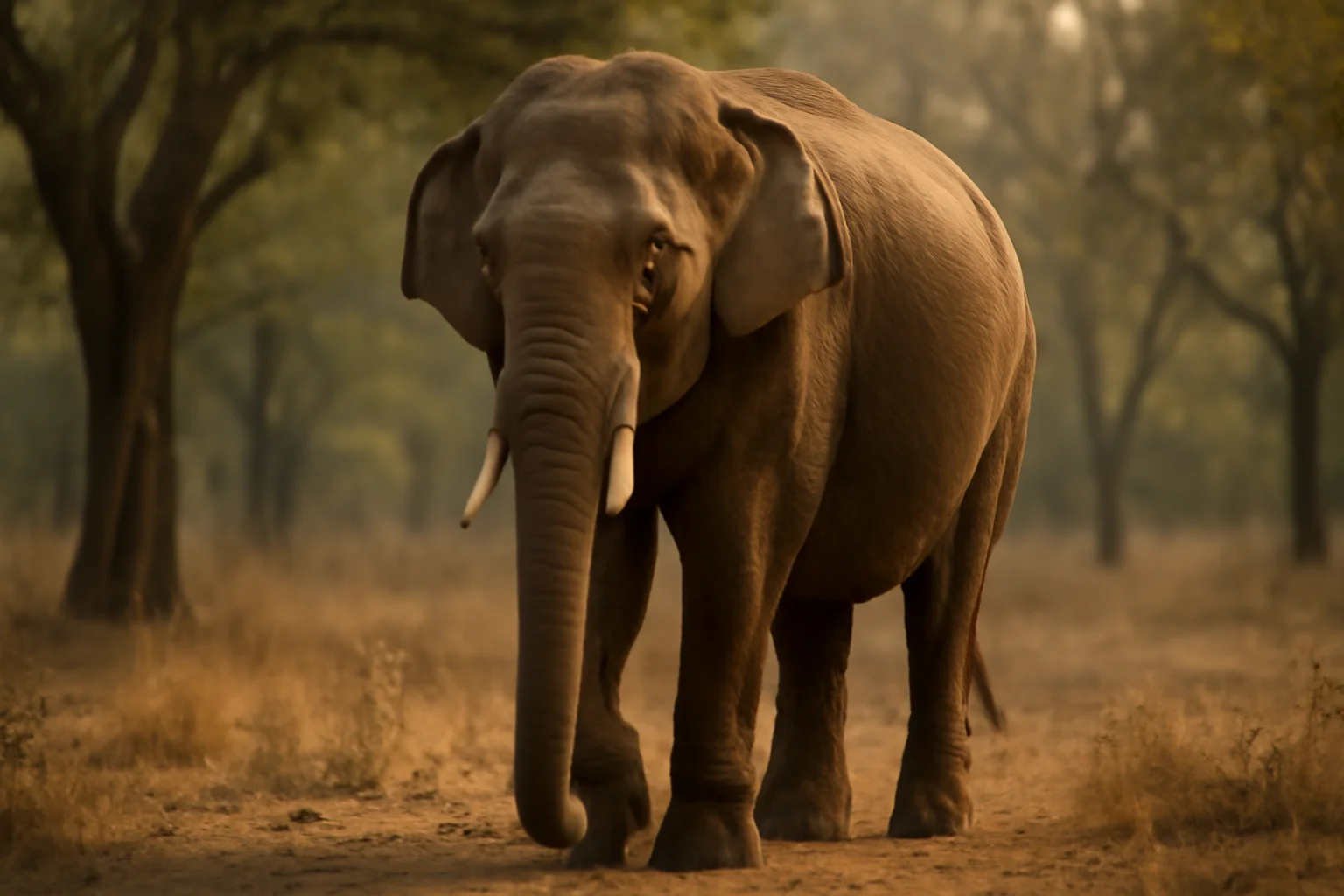
When Vatsala arrived at Panna, she was already an elder by elephant standards, her strength tempered by years of service and survival. Her reputation grew not through size or tusks, but through wisdom and the unspoken leadership she offered to both elephants and humans. She quickly became the steady heart of her herd, leading tiger patrols and guiding younger elephants with a maternal patience born of experience. Vatsala was more than a survivor; she was a nurturer, a protector, and, during times of crisis, a midwife who stood close as others gave birth. The field director, Anjana Suchita Tirkey, called her “the soul of our elephant family,” and caretakers recall how she would comfort calves and sick elephants in their weakest moments. Her mahout, Maniram Gond, was devoted to her for over thirty years, describing a bond that endured through blindness and frailty, and recalling how she lifted her trunk to his voice, even after sight left her. Though Vatsala never bore calves, she became a grandmother in every sense, radiating calm and kindness even in adversity. She weathered violent attacks from a frustrated bull, Ram Bahadur, enduring life-threatening injuries and months of painstaking recovery. Despite the scars—physical and emotional—she returned to her herd, more patient than ever, still guiding, still comforting, never bitter. Her gentle nature became legendary in the reserve; she was known never to anger, never to forget a friend or a call. In a world where dominance often meant survival, Vatsala’s leadership came not from power, but from the quiet force of her presence.
Advertisement
3. Unseen Battles

Vatsala’s life was marked by resilience against adversities that would have ended a lesser spirit long ago. Surviving two brutal attacks by a male elephant determined to mate with her, she bore wounds that required more than 200 stitches and nearly a year to heal. She was left with torn intestines after the first assault and, against the odds, overcame infection and pain under the vigilant care of forest rangers and veterinarians. Despite her injuries, she refused to retreat into fear or isolation, returning to her role as the matriarch, providing strength and reassurance to the herd. She remained wary of male elephants, keeping her distance even as she watched over new generations, always mindful of the risks woven into the social fabric of elephant life. Blindness eventually set in, but she adapted, guided tenderly by her mahout and trusted companions, learning to sense the world through memory and touch. Digestive troubles in her last years made each meal an ordeal, yet caretakers ensured she was hand-fed warm porridge, their devotion a mirror to hers. No offspring bore her name, but every young elephant at Panna grew up in her shadow, learning the unspoken rules of compassion and endurance. Her body was battered by time, but her will was iron—she never let pain turn to anger, and never lost the sense of dignity that marked her presence. When she could no longer walk far, she would rest in familiar places, accepting help, greeting friends with the gentle lift of her trunk. Each scar told a story of survival, not just for herself, but for the herd that gathered around her, trusting her wisdom above all.
Advertisement
4. Spirit of the Sanctuary
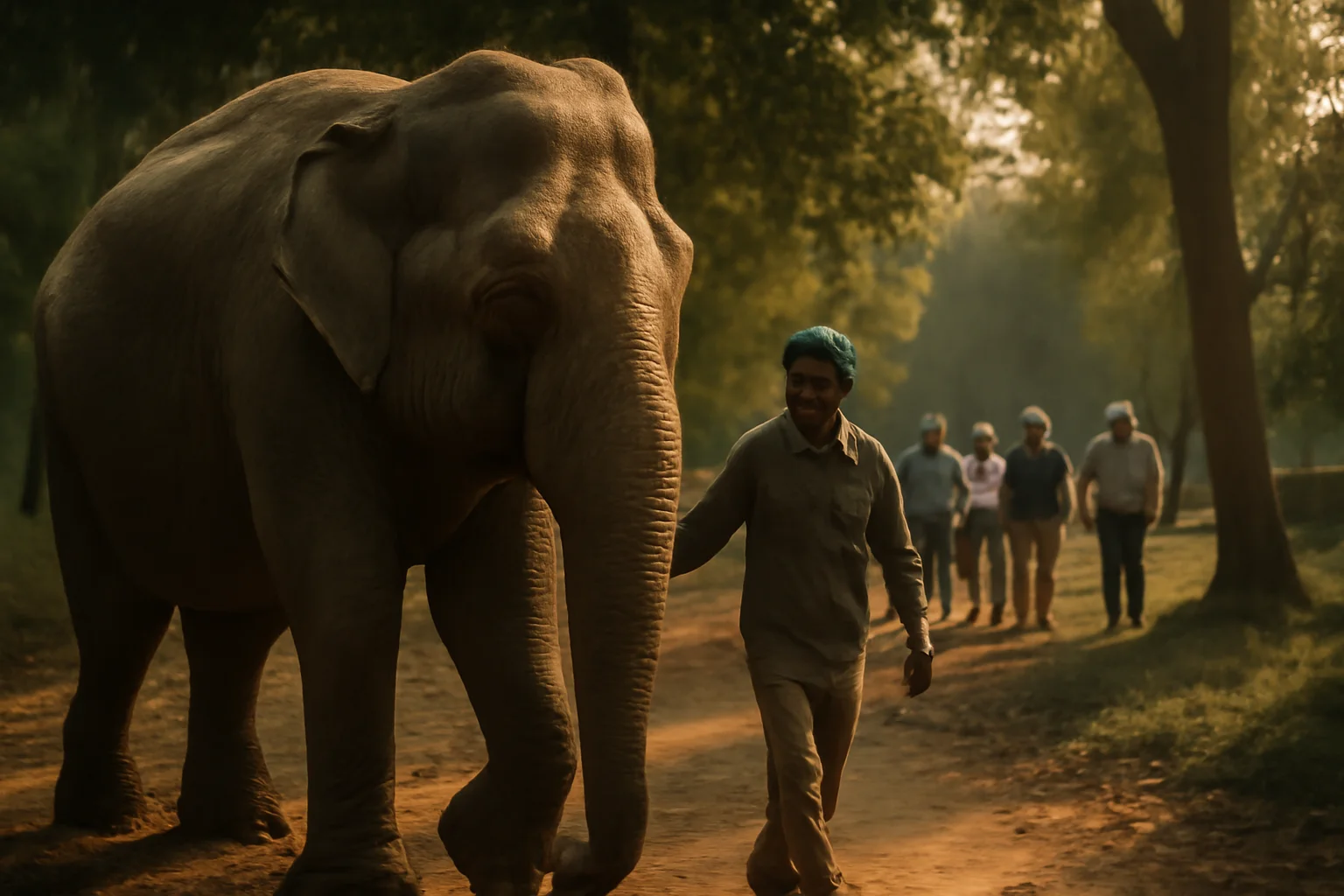
As Vatsala aged, her role shifted from active leader to cherished elder, a living memory of the forest’s history. Tourists flocked to the reserve, hoping for a glimpse of the legendary matriarch whose presence was said to calm even the most anxious calves. She had long since retired from official duty, but her influence never faded—she became the symbol of the reserve, a quiet guardian watching over all who came and went. Caretakers recall how she was the first to comfort a distressed calf, the one who would walk beside ailing elephants and ease their fears with her steady calm. Even after losing her sight, she continued her slow circuits of the camp, guided by gentle hands and soft voices, teaching trust and interdependence. Vatsala’s home was more than a patch of forest—it was a living community, shaped by her presence and sustained by the respect she inspired. She stood as proof that even in an age of shrinking habitats and vanishing species, one life could bridge the past and the present. Her days ended peacefully, surrounded by those who had loved and cared for her, each step a testament to the deep bonds between humans and the wild. Her body was cremated at Hinauta Camp, her spirit lingering in the quiet paths and shady groves she once called home. The reserve mourned her passing, from senior officials to the youngest forest guards, each recognizing the end of an era. For decades, she had been more than a creature—she was the soul of a sanctuary, the keeper of its oldest stories.
Advertisement
5. The Final Farewell
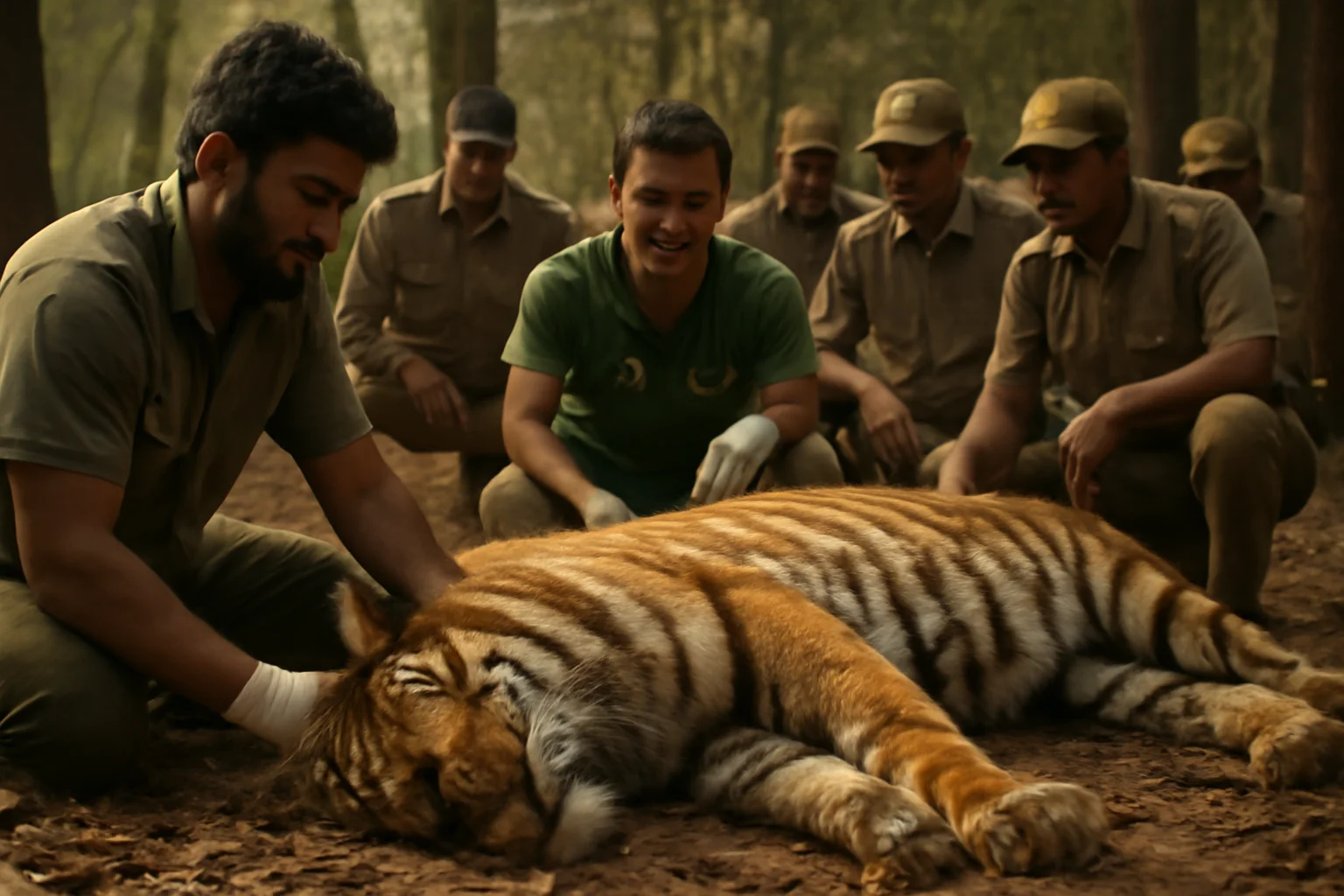
On July 8th, 2025, Vatsala’s journey ended as it had been lived—quietly, with dignity, in the heart of the Panna Tiger Reserve she had helped to shape. She collapsed near a forest drain, her body finally surrendering to age, injury, and the long arc of her remarkable life. Veterinarians and forest rangers tried everything to lift her, but the time had come; she passed at around 1:30 p.m., surrounded by the voices and hands that had sustained her for decades. Her last days were marked by the gentle routines of care—painful nail injuries, failing sight, and the slow loss of strength all met with compassion. Caretakers took turns hand-feeding her, moving her gently, honoring the bond they had forged over a lifetime of shared survival. Her body was cremated at the camp she had made famous, watched by colleagues and officials who recognized the significance of her passing. No Guinness World Record could be issued—her birth long predates paperwork—but those who knew her held no doubts about her age or her greatness. A statement from the reserve described her as more than a leader, calling her a “symbol of Madhya Pradesh’s emotions,” a friend to generations, a silent guardian of the forest. The chief minister himself paid tribute, noting how Vatsala had lovingly cared for countless calves, her warmth and wisdom woven into the fabric of the land. Her death was mourned across India, with news of her passing reaching every corner of the country and every circle of animal lovers. Vatsala’s absence is felt most deeply in the hush of the forest paths she once walked, in the quiet moments when memory stands in for presence.
Advertisement
6. Endangered Giants
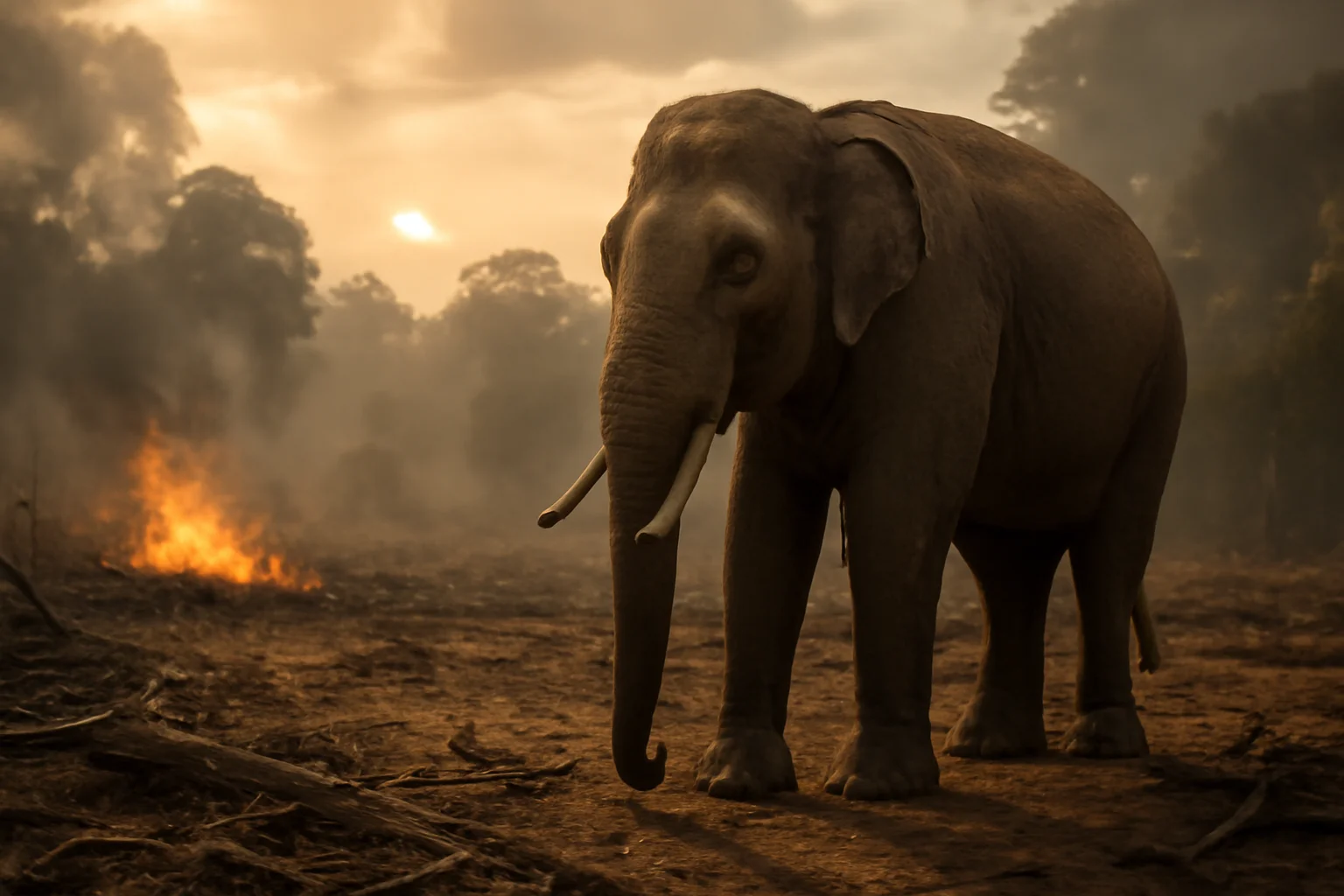
Vatsala’s life shines as a rare beacon in the increasingly troubled world of Asian elephants, a species beset by shrinking habitat and mounting danger. Once, elephants ranged from the forests of Syria to the rainforests of Southeast Asia, but today they cling to survival in fragmented landscapes across just 13 countries. India, home to more than half of the world’s remaining wild Asian elephants, has become both sanctuary and battleground, a place of protection and persistent conflict. The pressures are enormous: forests are cut and burned, farmland encroaches, and the boundaries between human and elephant blur with each passing year. Despite the legal protection afforded by the Wildlife Protection Act, poaching, road kills, and conflict over crops threaten the future of the species every day. Within these challenges, matriarchs like Vatsala stand as living testaments to what is possible when care and compassion guide conservation. Yet for every centenarian who finds a place of peace, there are countless more whose lives end early, caught in snares or swept away by development’s relentless tide. The loss of habitat and the fragmentation of herds make it ever harder for elephants to live long, stable lives—and for new matriarchs to emerge. Each elephant lost is a chapter erased from the story of the wild, a reminder that time is running out for these extraordinary creatures. Vatsala’s longevity is not just a marvel, but a warning—a sign of what can be achieved, and what might be lost, if we fail to protect what remains. The survival of elephants hangs in a delicate balance, dependent on the choices we make in the years ahead.
Advertisement
7. Science of Longevity
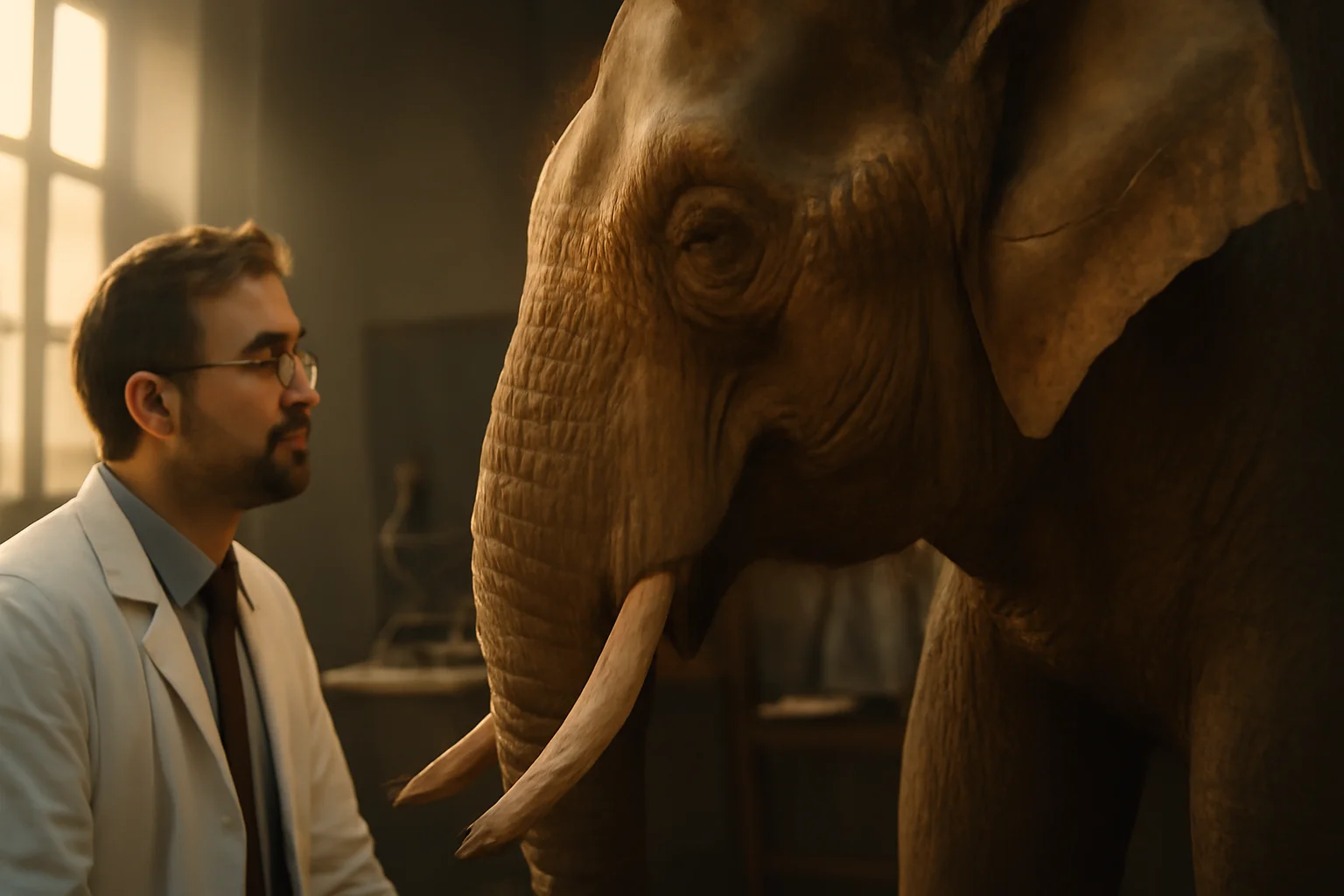
Vatsala’s extraordinary age poses a mystery to scientists who study longevity across the animal kingdom. Asian elephants typically live up to 60 years in the wild, and those in captivity may reach 70 or more with veterinary care—but surpassing 100 is almost unheard of. Larger vertebrates generally live longer than their smaller counterparts, a pattern seen in tortoises, whales, sharks, and even humans, but exceptions abound. Despite having more cells—and, in theory, more opportunities for genetic errors or cancer—long-lived species like elephants have evolved ways to suppress harmful mutations. Researchers are fascinated by these mechanisms, hoping to unlock the secrets that allow giants like Vatsala to thrive for so long. The biological puzzle has implications not just for animal care, but for our understanding of aging and disease resistance in humans. Elephants, with their slow lives and intricate social structures, are especially intriguing to longevity scientists. Every decade of survival offers new data, new questions, and a new chance to learn from nature’s most resilient survivors. Vatsala’s life, though undocumented by birth records, stands as living proof that with the right mix of genetics, environment, and care, even the boundaries of possibility can be stretched. Her legacy is measured not just in years, but in the lessons her life offers to those who study the secrets of survival. As the search for longevity’s key continues, Vatsala’s story will inspire those who seek to understand and extend life—human or animal.
Advertisement
8. Wisdom in the Wild
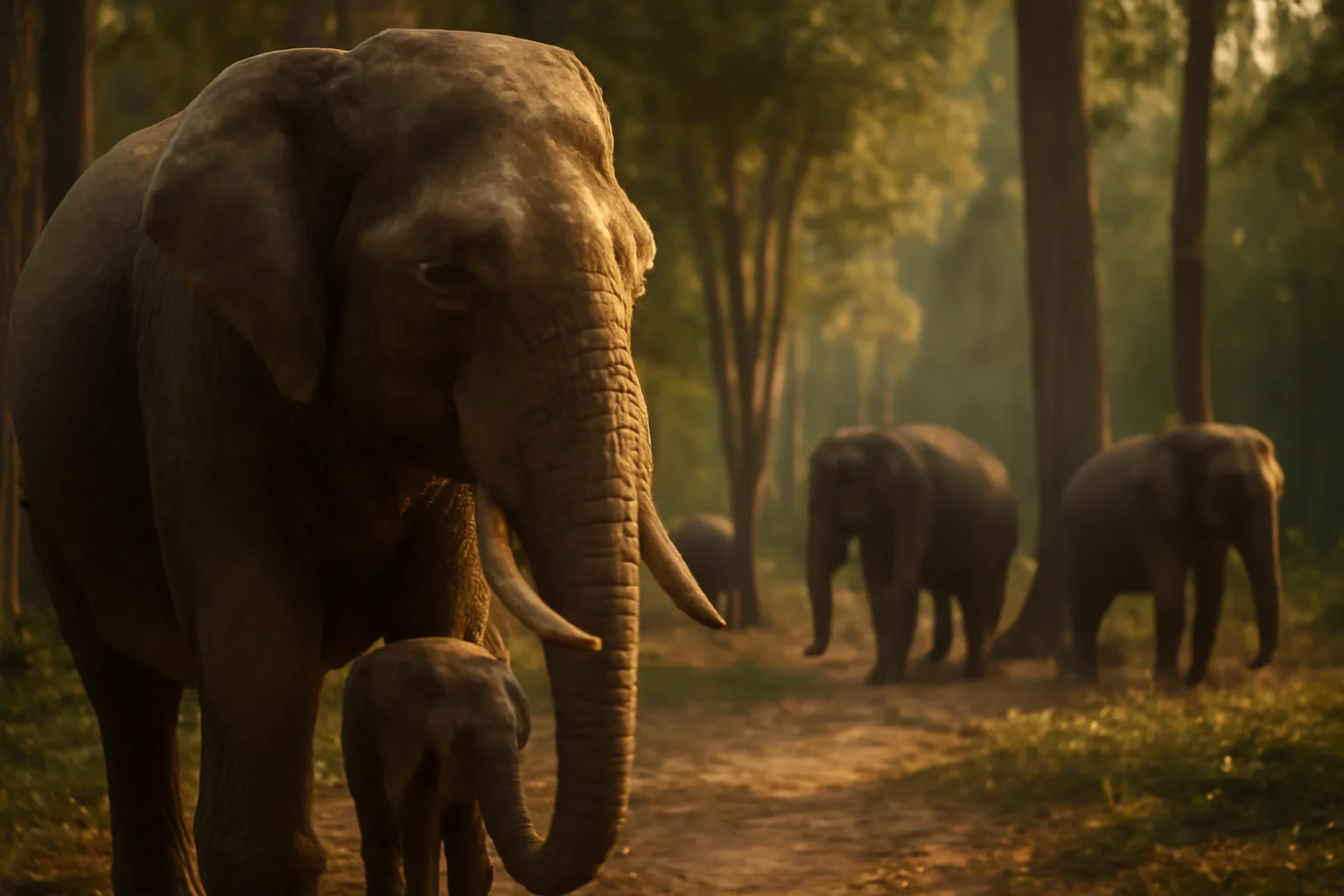
Throughout her century, Vatsala was more than a statistic—she was a living source of wisdom for her herd, her caretakers, and the broader community. Her instincts, honed by decades of survival, shaped how young elephants learned to navigate the complexities of forest life. She taught the importance of caution, especially around unpredictable males, and of loyalty to the herd above all. Her ability to comfort others in distress made her indispensable, earning the trust of every elephant and human who walked at her side. Caretakers came to rely on her subtle cues, interpreting a shift of her trunk or a pause in her step as signals about the needs of the group. Her leadership was silent but undeniable—a slow, steady force that shaped the herd’s decisions and safeguarded its future. In her blindness, she demonstrated adaptability and grace, showing that even profound loss could be met with acceptance and resilience. The calves she helped rear will one day pass on her teachings, creating a ripple of wisdom that outlives her physical presence. Her relationships with humans, built on trust and mutual respect, highlight the potential for harmony between species. Vatsala’s life stands as a living parable—a lesson in patience, empathy, and the quiet strength found only in those who endure. Through her, the forest learned not only to survive, but to remember, adapt, and hope.
Advertisement
9. The Human Bond
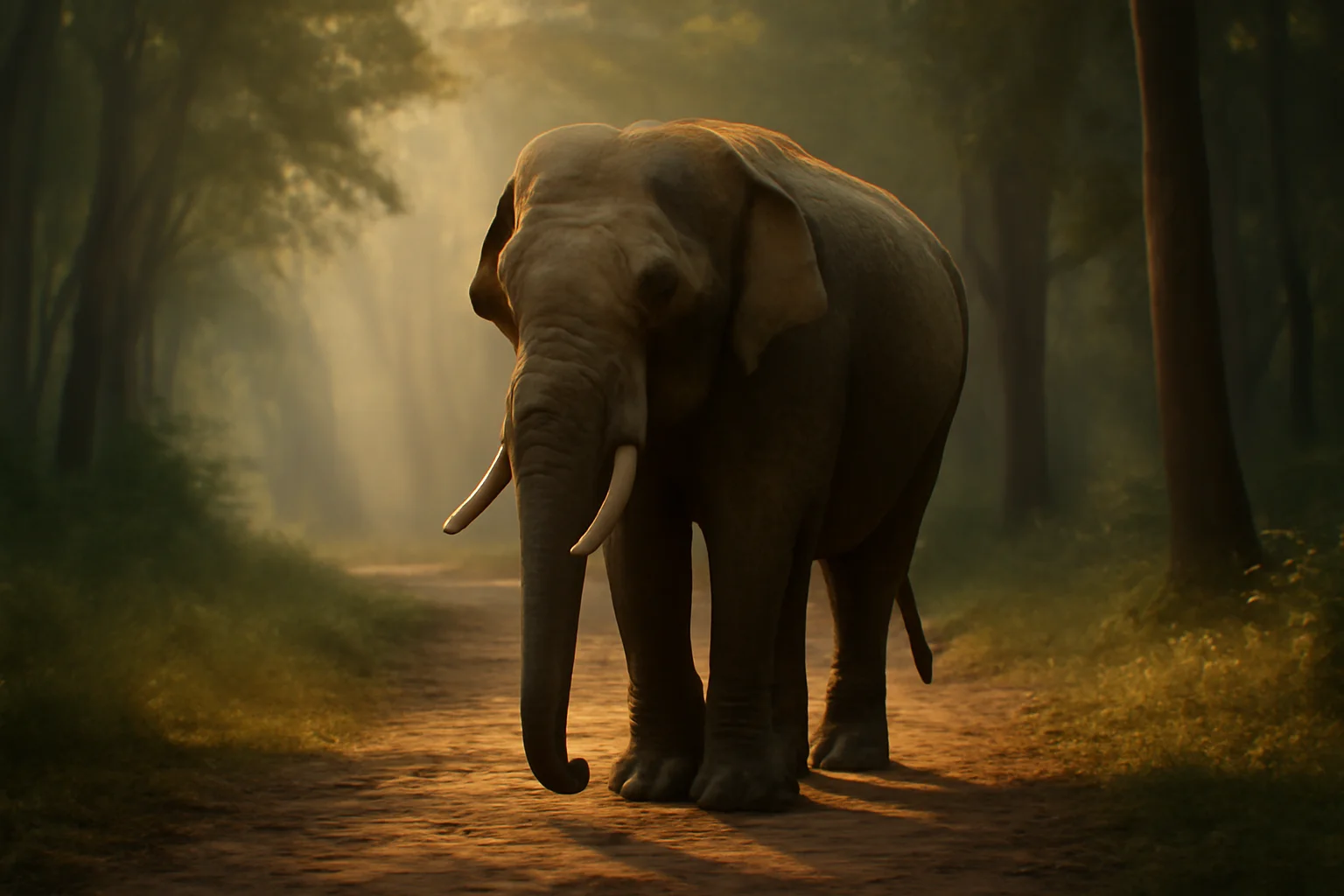
Vatsala’s century was shaped as much by her relationships with humans as by the wild world she called home. Mahouts, veterinarians, and forest officials became part of her extended family, sharing triumphs and challenges with the matriarch they came to revere. For many, caring for Vatsala was a calling, not just a job—a chance to witness living history and learn from the ancient rhythms she embodied. Her presence inspired devotion; her mahout, Maniram, never left her side, guiding her through blindness and injury with patience born of love. Tourists, too, were drawn to her aura, flocking to the reserve for a glimpse of a legend whose quiet charisma transcended language and species. Vatsala taught her caretakers about compassion, teaching them to listen to needs unspoken, to respect the dignity of even the frailest life. Her long life became a symbol for conservationists fighting to protect the world’s endangered giants, a beacon in a world too often indifferent to suffering. Her story was celebrated by officials and animal lovers alike, spreading awareness far beyond the reserve she called home. Each act of care she received was reflected in the generations she helped raise, forging a legacy built on mutual respect and shared survival. The bond between Vatsala and her human family was not just practical—it was spiritual, rooted in the recognition of a life lived fully and well. Through her, people learned that the fate of elephants and the health of the forest are inseparable, their destinies forever intertwined.
Advertisement
10. Legacy of a Matriarch
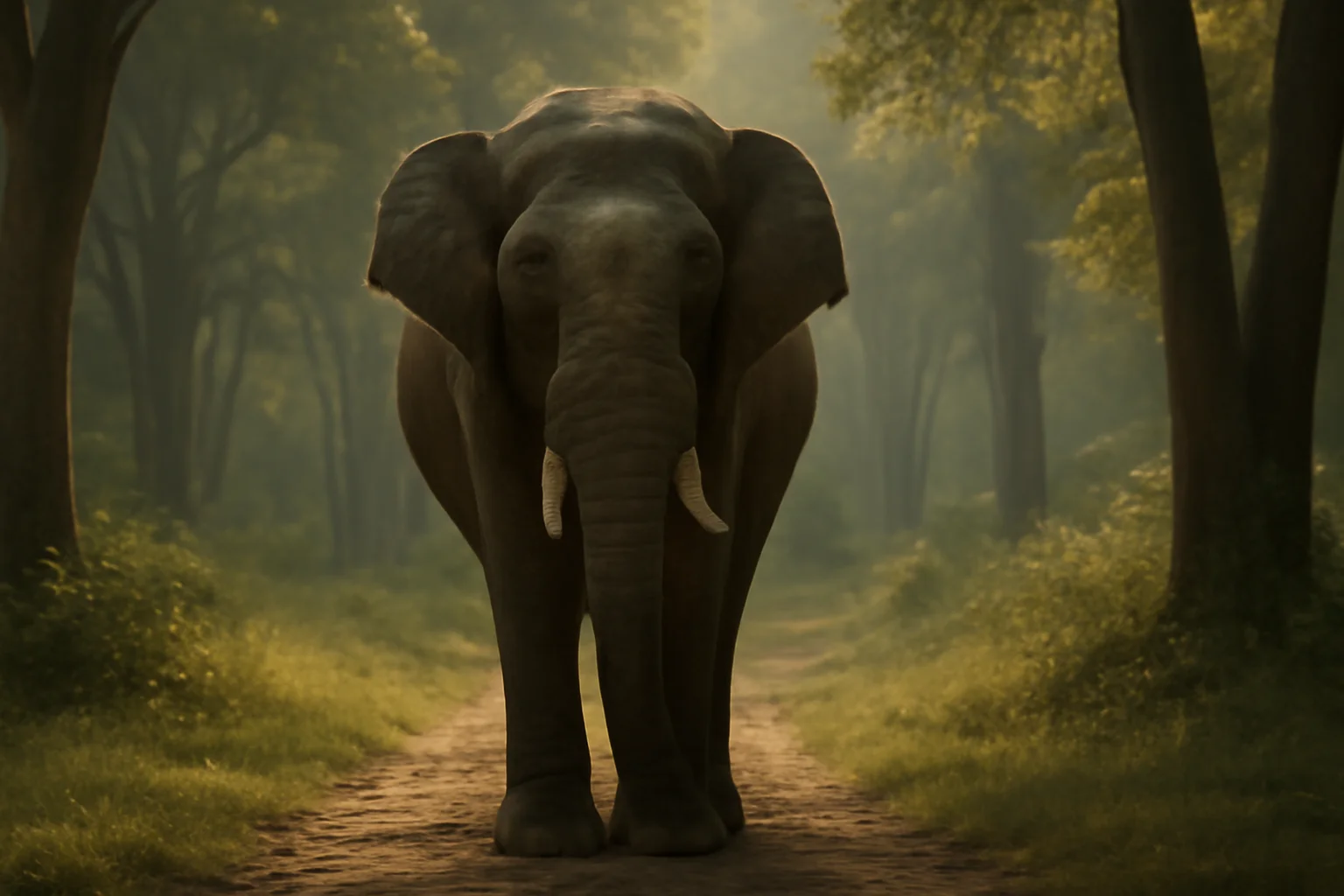
With her passing, Vatsala leaves a void impossible to fill, yet her influence lingers in every corner of the reserve and every memory she touched. Her life stands as a testament to what is possible when animals are given space, respect, and the chance to grow old in peace. Her story, carried by caretakers and conservationists, will continue to inspire efforts to protect the fragile world she inhabited for so long. In a time when news is often measured in crises and losses, Vatsala’s legacy offers hope—a reminder that patience, kindness, and resilience matter. Her lessons endure in the elephants who follow her path, in the humans who remember her touch, and in the forests that echo with her memory. The world may not record her in official ledgers, but the story of her century will live on in every life she shaped. Her spirit, forged through suffering and survival, stands as an emblem for all who fight to keep the wild alive. As India’s forests face new threats, the example of Vatsala—patient, wise, unbreakable—offers guidance for the future. In every story told about her, the message is clear: a single life, well-lived, can change the world for generations. Her walk is over, but the path she blazed remains—a legacy of endurance, compassion, and the quiet power of age. Vatsala, grandmother to all, has gone, but in the hush of the sanctuary she loved, her spirit walks on.
Advertisement
Advertisement
You May Also Like




